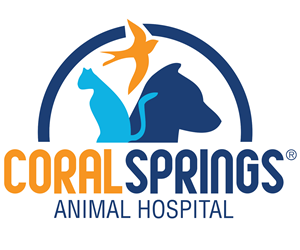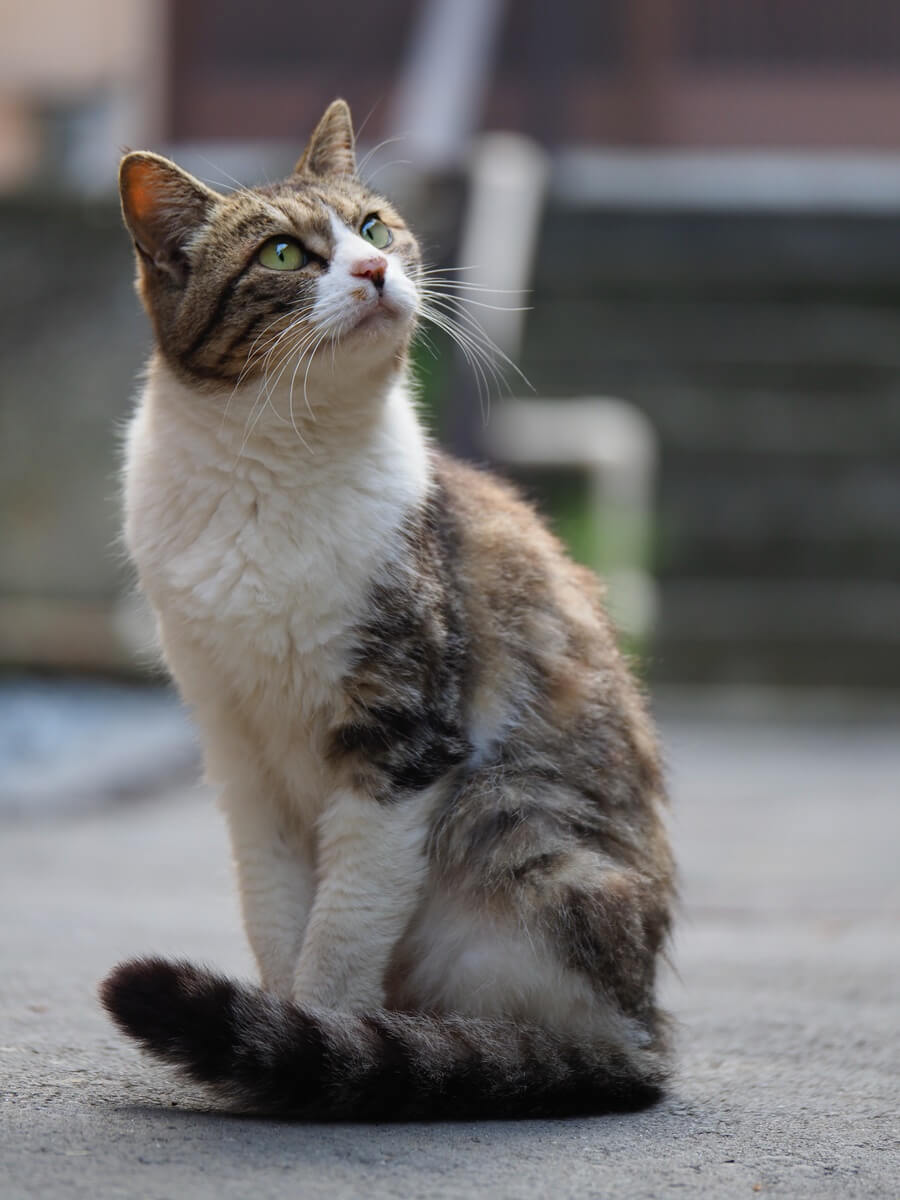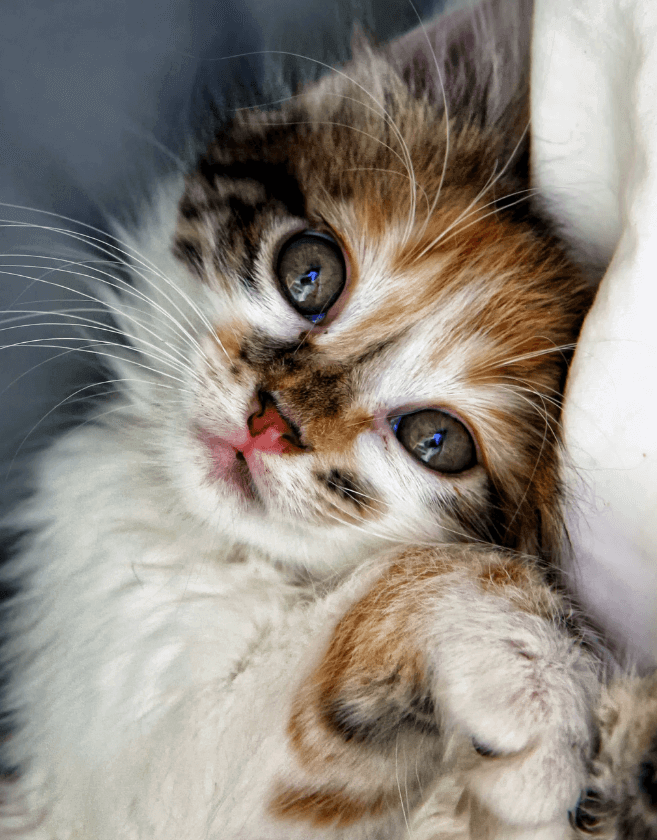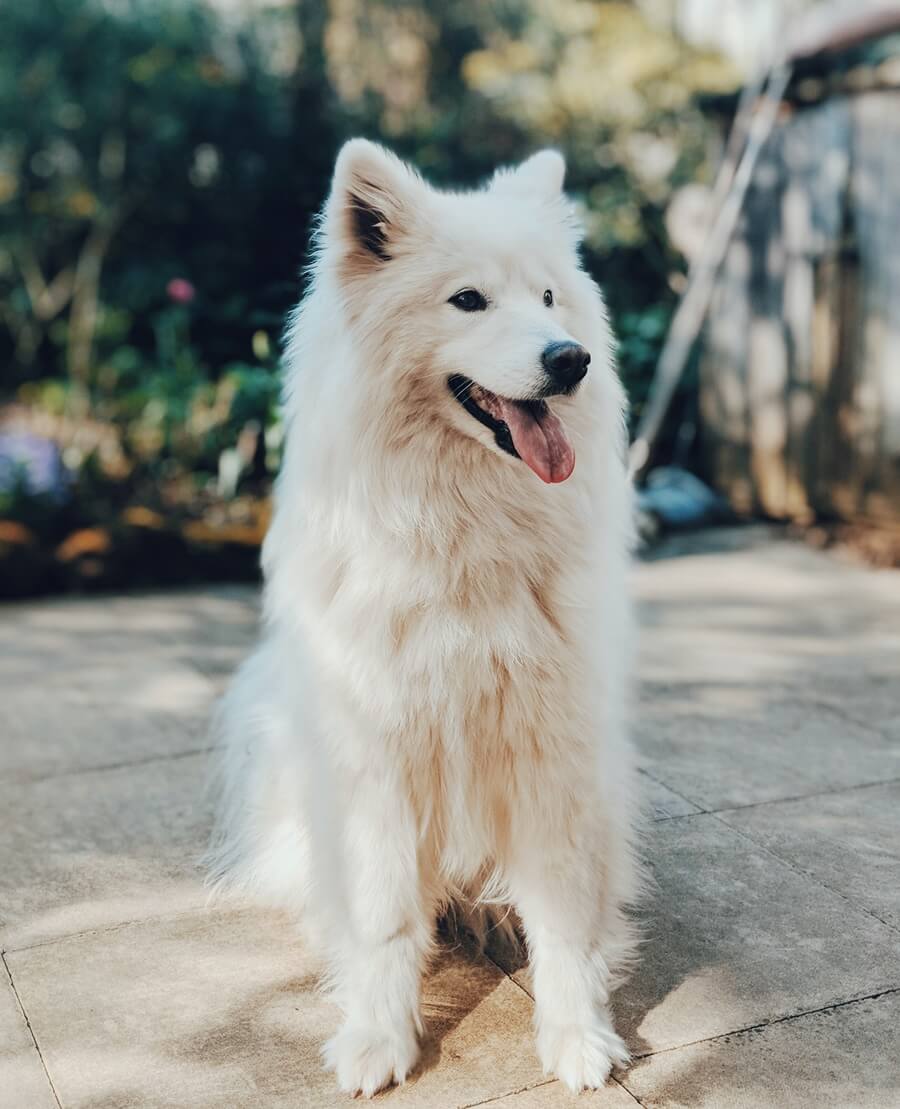Neutering & Spaying Veterinary Services in Coral Springs, FL
General Information About Spaying & Neutering
Want to learn more on the benefits of spaying or neutering your pet? Do you want to know what you can expect before, during, and after? This guide will answer some of the most common questions about Spaying and Neutering your pet.
What is a Spay and what are the benefits of having it done?
A Spay done the right way is a complete ovariohysterectomy. Both ovaries and the uterus are completely removed by way of a midline incision into the abdomen of the patient. Three separate layers of sutures are used to close first the abdomen, then the subcutaneous tissues, and finally the skin.
It is preferable and safer for some patients to perform an ovariectomy using a laparoscope (minimally invasive surgery).
The benefits of having your pet spayed are as follows:
- No unwanted pregnancies
- Eliminates messy and annoying heat periods
- No possibility of life-threatening uterine infections (pyometra)
- Drastically reduces the incidence of breast cancer
- Eliminates the possibility of ovarian or uterine cancer
- Spayed females are often healthier and live longer than un-spayed females
What is a Neuter and what are the benefits of having it done?
A neuter is a surgery during which the testicles are removed under general anesthesia.
The benefits of having your pet neutered are as follows:
- Neutered males are less aggressive and are less likely to “mark” their territory with urine
- Neutered males roam less, decreasing the chance of being hit by a car or getting in fights with other males competing for a female in heat
- Neutered males do not get cancer of the testicles
- Neutered males have a dramatically reduced incidence of prostatic diseases, anal tumors, and perineal hernias
- Neutered males are often healthier and live longer than intact males
What age is it best to spay or neuter my pet?
- For most pets, the ideal time is between 5 and 6 months of age.
- There are some patients and breeds that MAY have health benefits from a delay in spaying or neutering until they are older. You should consult with your veterinarian about the best time to spay or neuter your pet.
FACT: Spaying & neutering does NOT change an animal’s personality or cause weight gain.
What Happens Before, During, & After Surgery?
THE NIGHT BEFORE SURGERY
- No food after midnight the night before admission
- No water or other liquids after 6:00 AM the day of admission
- IMPORTANT: If your pet eats anything after midnight the surgery may be delayed or postponed
THE MORNING OF SURGERY:
- If your pet is on medication, ask your veterinarian if you should give the morning dose on the day of admission
- Medication to prevent vomiting or anxiety may be prescribed for you to give in the morning. Use as directed
- Please arrive with your pet between 7:30 & 8:00 AM on the day of admission
- Please do not bring personal items
Will My Pet Be Frightened Or In Pain?
The Fear-Free Mission: “To prevent and alleviate fear, anxiety, and stress in pets by inspiring and educating the people who care for them.”
TO LEARN MORE, VISIT: www.fearfreepets.com.
We are proud to have Fear Free Certified professionals on our staff.
The Coral Springs Animal Hospital staff is well known for their care, compassion, and dedication to excellence. One of our major objectives is to reduce, if not eliminate, any anxiety or discomfort associated with your pet’s visit to our hospital. You can rest assured that we have highly trained staff on duty 24/7/365 to observe your pet individually and carefully, and we will take all necessary steps to ensure your pet’s comfort.
Pre-Anesthetic Examination and Lab Tests:
Because spays and neuters are done commonly, the pet-owning public perceives them as routine surgery. However, while virtually all general anesthesia and surgery is performed without complication, the unexpected sometimes occurs. Detecting problems early (ideally, before anesthesia is administered) can greatly lessen risk and the possibility of complications.
Our veterinarian will review your pet’s medical history, do a thorough physical examination, order and interpret pre-anesthetic blood tests to assess your pet’s blood count and blood chemistry values. In some cases, the doctor may need and require additional tests.
Usually, one-half hour or so before anesthesia patients are given sedation and pre-medication for pain. The sedation minimizes or eliminates any anxiety. Pre-medicating for pain has been shown to be extremely effective in reducing post-operative pain.
Intravenous Catheter (I.V.)
An intravenous catheter is inserted into the vein of all pets receiving general anesthesia (except for cats being neutered, because they are under anesthesia for a very short period of time). To prevent this from being an unpleasant procedure, it is done after the pet has been sedated. Since your pet has been fasted, intravenous feeding is an important means of maintaining hydration and electrolyte balance.
General Anesthesia:
What is anesthesia?
- Anesthesia, by definition, is the inability to feel pain. When combined with a loss of consciousness, the term general anesthesia is used. Local anesthesia blocks pain to specific parts of the body. Local anesthesia is rarely used as the only means of anesthesia in pets.
Can pets be given anesthesia safely?
- Yes. We use many of the same or similar anesthetics and monitoring equipment that are used in pediatric and adult human medicine. There are risks of complications (including death) with any anesthetic procedure, but the chances of complications are rare because we are very careful and use only the safest and most current anesthetic drugs and protocols. Your pet’s vital signs will be continually monitored by highly trained veterinary nurses using sophisticated monitoring equipment throughout anesthesia and recovery, just like they do in a human hospital.
- Body temperature drops during anesthesia. This drop can lead to serious complications. In order to prevent this from happening, your pet will be wrapped in a gentle convective air warming system (Bair Warmer) to maintain body temperature. Body temperature is monitored continuously until your pet is awake and recovered from anesthesia.
Administering the Anesthetic(s)
Once the pre-anesthetic medications have taken effect we slowly and carefully induce anesthesia with an injection of anesthetic(s) (the type and dose specifically and individually prescribed for your pet) directly into the vein via the I.V. catheter. Your pet will gently and peacefully “go to sleep”. At this point, an endotracheal tube is placed in your pet’s trachea (windpipe). The endotracheal tube is attached to an anesthetic machine that delivers inhalant (gas) anesthesia. Each of our anesthesia machines is equipped with ventilators (like in human hospitals). Our anesthesia machines are serviced and maintained on a regular schedule by an outside company specializing in that type of work.
Are there after-effects from General Anesthesia?
There can be, and you should discuss any related concerns with your veterinarian or the nursing staff. The most common is a mild sore throat or a cough caused by irritation from the endotracheal tube. These side effects are rarely serious and last just a few days. Regardless, please let us know if either occurs.
SURGERY:
- One of our experienced highly qualified licensed veterinarians will perform the surgery.
- Our surgery facility is accredited by the American Animal Hospital Association.
- The surgery will be performed usingappropriate sterile techniques to prevent infection.
- All supplies are properly disposed of between patients the strictest accepted guidelines.
A Spay, properly done, is a complete ovariohysterectomy. Both ovaries and the uterus are completely removed by way of a midline incision into the abdomen of the patient. Three separate layers of sutures are used to close the abdomen, the subcutaneous tissues, and the skin.
In some patients, minimally invasive ovariohysterectomy via laparoscope is preferable.
A Neuter involves surgical removal of both testicles (and in some male dogs the scrotum too).
Cat: The incisions in cats are made directly into the scrotum, the testicles are pulled through the incisions and the blood vessels and spermatic cord are ligated (tied-off) prior to removing the testicles. No sutures are needed.
Dog: The incision is made just in front of the scrotum and the testicles are pushed forward so they can be pulled through the incision. Once they are exposed, the blood vessels and the spermatic cord that are attached to the testicles are double ligated and the testicles are removed.
At the Coral Springs Animal Hospital, we use a CO2 AESCULIGHT LASER, a highly sophisticated surgical device that produces concentrated light rays to seal small blood vessels, lymphatics, and nerve endings.
Benefits of the Laser:
Less Bleeding: As it cuts, the laser seals small blood vessels. This drastic reduction in bleeding shortens surgical and time under anesthesia
Less Pain: The CO2 laser beam seals nerve endings and lymphatics, resulting in less edema and pain. The patient experiences a far more comfortable post-operative recovery.
Reduced risk of infection: This is one of the unique features of the CO2 laser beam. It efficiently kills bacteria in its path, producing a sterilizing effect.
Quicker recovery time: Reduced risk of infection, less bleeding, less pain and less swelling often allow the patient a far quicker recovery after the surgery.
AFTER SURGERY:
When will my pet wake up from Anesthesia?
Most pets wake up within a half-hour after surgery, although full recovery may take longer (up to a few hours).
- After the surgery, your pet will be brought to the recovery area where the nurse will monitor his/her recovery. The nurse and the veterinarian will decide when your pet can be transferred into the observation ward from the recovery area.
- Spays and neuters generally are discharged the same day of surgery usually late in the afternoon between 5 and 7 P.M. Your doctor will contact you once your pet is fully recovered.
DISCHARGE & HOME CARE:
At discharge, you will obtain written post-operative instructions from the doctor for proper homecare. This information will include:
- A pain management program
- How to feed your pet
- What and how much exercise is permitted
- Signs of infection
- When you can bathe your pet
- Follow-up visits
- Any additional pertinent information
SHOPPING AROUND FOR THE LOWEST PRICE?
Many people shop around for the lowest surgery price without knowing why the cost varies widely among veterinary hospitals.The general public believes that all veterinary hospitals do surgery the same way. This is not true.When a hospital cuts the price on surgery, they may be cutting corners and compromising on quality and your pet’s safety. Therefore, the lowest price may indeed not be the best price.
This guide will help you match your expectations for your pet’s well-being with the hospital’s pre-surgical, surgical, and post-surgical procedures



